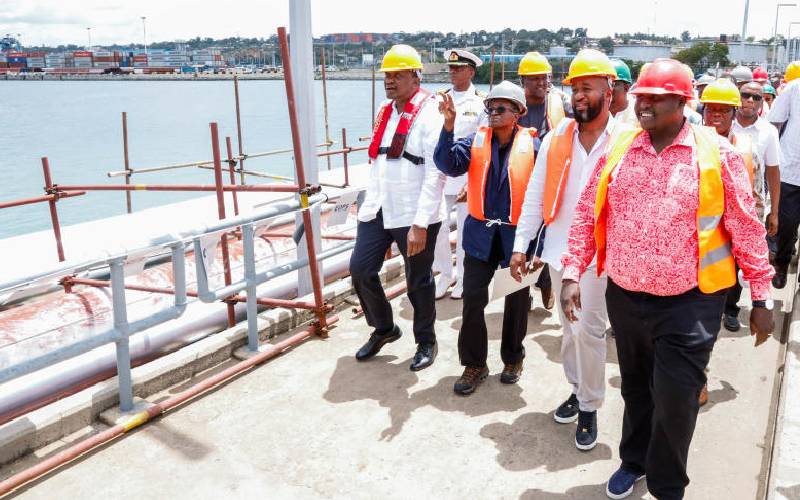×
The Standard e-Paper
Home To Bold Columnists

President Uhuru Kenyatta tours Kipevu Oil Terminal, Mombasa County, in August 2021. [PSCU]
President Uhuru Kenyatta is today expected to inspect the progress of the new Kipevu Oil Terminal (KOT) under construction at Mombasa port.